Home>Gardening & Outdoor>Landscaping Ideas>How To Mulch A Garden Bed
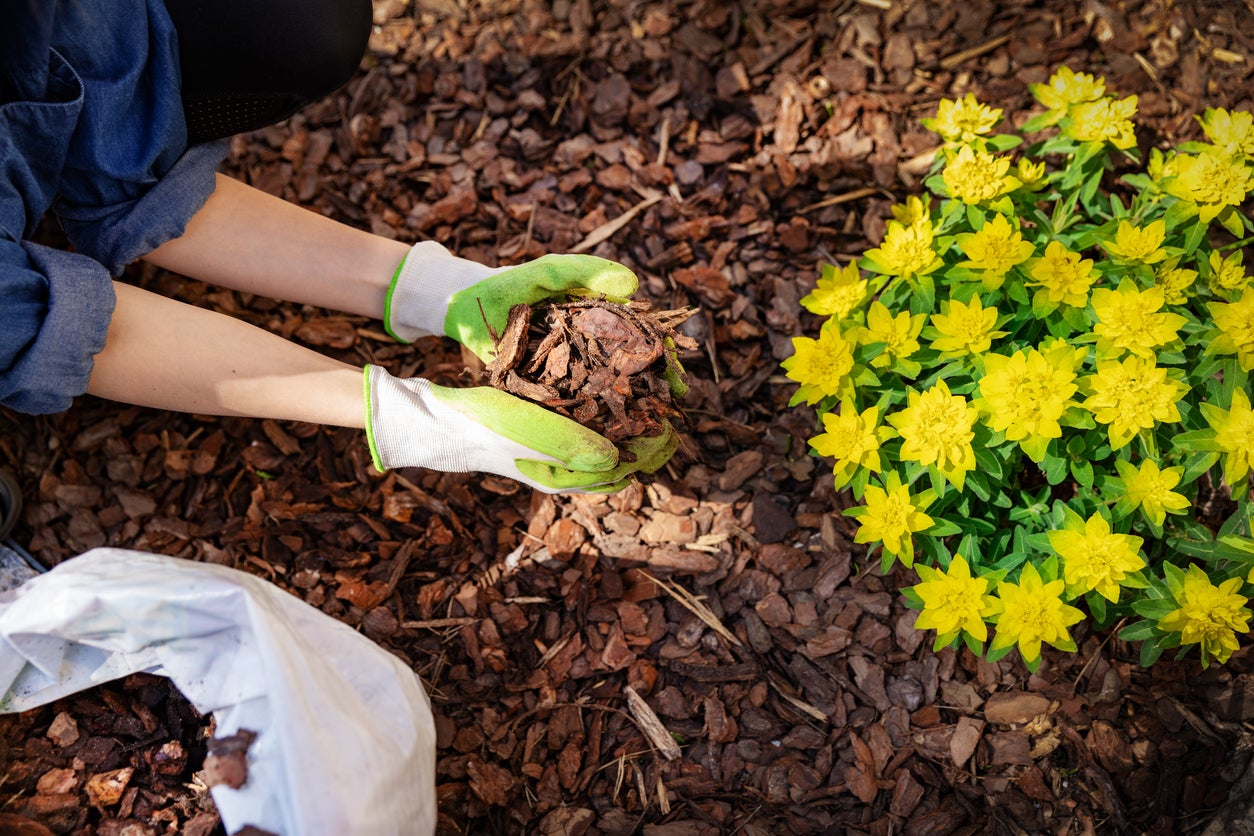

Landscaping Ideas
How To Mulch A Garden Bed
Modified: March 20, 2024
Learn how to mulch a garden bed with our expert landscaping ideas. Discover the best techniques for improving your garden's health and appearance.
(Many of the links in this article redirect to a specific reviewed product. Your purchase of these products through affiliate links helps to generate commission for Storables.com, at no extra cost. Learn more)
Introduction
When it comes to creating a thriving and visually appealing garden, mulching is a fundamental practice that can significantly elevate the health and aesthetics of your outdoor space. Mulch, a protective layer of material spread over the soil, serves as a versatile tool in landscaping, offering a multitude of benefits for both plants and the overall garden ecosystem. Whether you're a seasoned gardener or just starting to explore the world of landscaping, understanding the art of mulching is essential for cultivating a vibrant and sustainable garden bed.
Mulching is not merely a superficial addition to your garden; it plays a crucial role in maintaining soil moisture, regulating temperature, and suppressing weed growth. By providing a protective barrier, mulch shields the soil from the harsh impact of environmental elements, such as extreme temperatures and heavy rainfall, thereby fostering a stable and nurturing environment for plant roots to thrive. Moreover, the aesthetic appeal of mulch cannot be overlooked, as it lends a polished and cohesive look to garden beds, enhancing the overall visual allure of the landscape.
In addition to its practical benefits, mulch also contributes to the ecological balance of the garden. As organic mulch materials decompose, they enrich the soil with essential nutrients, fostering a fertile ground for plant growth. Furthermore, the decomposition process encourages the activity of beneficial microorganisms, promoting a healthy and harmonious ecosystem within the garden bed.
As we delve into the intricacies of mulching, it's important to recognize the diverse array of mulch options available, each with its unique characteristics and suitability for different garden settings. From organic mulches like wood chips and straw to inorganic options such as gravel and plastic, the choices are abundant, allowing for customization based on specific garden needs and aesthetic preferences.
In the following sections, we will explore the various types of mulch, delve into the application techniques, and discuss the optimal timing for mulching. By gaining a comprehensive understanding of these aspects, you will be equipped with the knowledge and confidence to elevate your gardening endeavors to new heights. Let's embark on this enriching journey to unlock the full potential of mulching in creating a flourishing and captivating garden landscape.
Key Takeaways:
- Mulching is like giving your garden a cozy blanket. It keeps the soil moist, stops weeds from growing, and helps plants stay happy and healthy. Plus, it makes your garden look super neat and pretty!
- Choosing the right mulch is like picking the perfect outfit for your garden. Whether it’s wood chips, compost, or gravel, each type has its own superpowers to make your garden thrive and look amazing.
Read more: How To Store Mulch
Benefits of Mulching
Mulching offers a myriad of benefits that contribute to the overall health and vitality of garden beds. Understanding these advantages is essential for appreciating the significance of mulching in landscaping and gardening practices.
-
Moisture Retention: One of the primary benefits of mulching is its ability to retain soil moisture. By forming a protective barrier over the soil, mulch helps reduce water evaporation, ensuring that the underlying soil remains consistently moist. This is particularly beneficial during hot and dry periods, as it minimizes the need for frequent watering, thereby conserving water resources and promoting sustainable gardening practices.
-
Weed Suppression: Mulch serves as a natural weed deterrent by inhibiting the germination and growth of unwanted plants. The dense layer of mulch blocks sunlight from reaching the soil surface, preventing weed seeds from sprouting and establishing themselves. This not only reduces the time and effort required for manual weeding but also minimizes competition for nutrients among desirable plants, fostering their healthy growth.
-
Soil Insulation and Temperature Regulation: During extreme weather conditions, such as scorching heat or freezing cold, mulch acts as an insulating layer, shielding the soil from rapid temperature fluctuations. This insulation helps maintain a stable soil temperature, which is crucial for the well-being of plant roots. Additionally, in colder climates, mulch provides a protective covering that prevents frost heaving, a phenomenon where soil repeatedly freezes and thaws, potentially damaging plant roots.
-
Soil Enrichment: Organic mulches, such as compost and shredded leaves, gradually decompose over time, enriching the soil with valuable nutrients. As these materials break down, they release essential elements, including nitrogen, potassium, and phosphorus, which are vital for plant growth. This natural fertilization process enhances soil fertility, promoting robust and healthy plant development while reducing the need for synthetic fertilizers.
-
Erosion Control: In areas prone to soil erosion, mulch plays a crucial role in stabilizing the soil structure. By preventing the impact of heavy rainfall and wind, mulch helps maintain the integrity of the soil, reducing the risk of erosion. This is particularly beneficial on sloped terrain, where soil erosion poses a significant threat to the stability of garden beds.
-
Aesthetic Enhancement: Beyond its practical benefits, mulch contributes to the visual appeal of garden landscapes. The uniform layer of mulch provides a polished and cohesive look, creating a visually pleasing backdrop for the vibrant colors and textures of plants. Additionally, mulch can be selected in various colors and textures, allowing for creative expression and customization to complement the overall garden design.
Incorporating mulch into garden beds not only fosters a conducive environment for plant growth but also simplifies maintenance tasks, promotes sustainability, and enhances the aesthetic allure of the landscape. These multifaceted benefits underscore the indispensable role of mulching in nurturing thriving and resilient garden ecosystems.
Types of Mulch
Mulch comes in a diverse range of materials, each offering unique characteristics and benefits for garden beds. Understanding the different types of mulch empowers gardeners to make informed choices based on their specific needs and preferences. From organic options to inorganic alternatives, the variety of mulch materials caters to a wide spectrum of landscaping requirements.
Organic Mulch
-
Wood Chips and Bark: Derived from shredded or chipped tree bark, wood chips and bark mulch are popular choices for their natural appearance and ability to enrich the soil as they decompose. These mulches are available in various sizes and colors, allowing for customization to complement different garden aesthetics.
-
Shredded Leaves: An eco-friendly option, shredded leaves serve as an excellent mulch for improving soil structure and moisture retention. As the leaves break down, they contribute valuable organic matter to the soil, enhancing its fertility and promoting a healthy microorganism population.
-
Compost: Compost mulch not only conserves soil moisture and suppresses weeds but also provides a nutrient-rich environment for plant roots. Its organic composition supports soil health and fosters robust plant growth, making it a sustainable choice for gardeners aiming to enhance soil fertility.
-
Pine Straw: Commonly used in landscaping, pine straw mulch offers excellent coverage and weed suppression. Its fine texture and natural reddish-brown hue add visual appeal to garden beds, making it a favored option for both aesthetic and practical considerations.
Inorganic Mulch
-
Gravel and Stone: Ideal for low-maintenance landscaping, gravel and stone mulch provide long-lasting coverage and effective weed control. They are particularly suitable for areas where erosion is a concern, offering stability and durability in various weather conditions.
-
Rubber Mulch: Made from recycled rubber, this type of mulch is a sustainable choice that provides cushioning and impact resistance. It is often used in playgrounds and recreational areas, offering a safe and resilient surface while minimizing maintenance requirements.
-
Plastic Mulch: Utilized in commercial agriculture and horticulture, plastic mulch regulates soil temperature, conserves moisture, and controls weed growth. Its reflective properties can also enhance light distribution, promoting optimal plant growth in certain crops.
By exploring the diverse array of mulch types, gardeners can select the most suitable option based on their garden's specific needs, environmental conditions, and aesthetic preferences. Whether aiming to enrich the soil, enhance visual appeal, or minimize maintenance efforts, the versatility of mulch materials offers ample opportunities to elevate the health and beauty of garden landscapes.
Read more: How To Create A Garden Bed
How to Apply Mulch
Applying mulch is a pivotal step in the gardening process, and doing so correctly ensures that the full benefits of mulching are realized. The following guidelines outline the essential steps for effectively applying mulch to garden beds:
-
Prepare the Soil: Before mulching, it is crucial to prepare the soil by removing any existing weeds and debris. This initial step creates a clean and receptive foundation for the mulch, preventing the growth of unwanted plants beneath the mulch layer.
-
Calculate the Quantity: Determine the amount of mulch needed by measuring the area to be mulched. The recommended depth for most mulch types is around 2 to 4 inches. Calculating the volume required ensures adequate coverage and optimal performance of the mulch.
-
Select the Mulch Type: Choose the appropriate mulch type based on the specific needs of the garden bed. Consider factors such as moisture retention, aesthetic appeal, and the overall garden environment when making this selection.
-
Apply Evenly: Spread the mulch evenly across the soil surface, ensuring consistent coverage without clumping or mounding. A uniform layer of mulch not only enhances the visual appeal but also provides effective insulation and weed suppression.
-
Maintain Adequate Thickness: Aim for the recommended mulch depth to maximize its benefits. Avoid over-mulching, as excessive thickness can hinder air and water penetration, potentially leading to moisture-related issues and root suffocation.
-
Create Mulch Borders: Define clear borders between the mulched area and adjacent features, such as walkways or plant beds. This delineation not only enhances the aesthetic appeal but also prevents mulch from spilling onto unintended areas.
-
Leave Space Around Plants: When applying mulch around plants, leave a small gap between the mulch and the base of the stems or trunks. Direct contact between mulch and plant structures can create favorable conditions for pests and diseases, so maintaining a slight clearance is essential.
-
Refresh as Needed: Monitor the mulch layer periodically and replenish it as necessary to maintain the desired thickness. Mulch naturally decomposes over time, so periodic replenishment ensures continuous benefits for the soil and plants.
By following these steps, gardeners can effectively apply mulch to their garden beds, harnessing its full potential to promote healthy plant growth, conserve moisture, and enhance the overall beauty of the landscape.
When to Mulch
Mulching is a strategic practice that requires careful timing to maximize its benefits and ensure optimal results for garden beds. The timing of mulching plays a crucial role in harnessing its protective, insulating, and soil-enriching properties. Understanding the ideal timing for mulching empowers gardeners to create a conducive environment for plant growth and long-term garden sustainability.
Spring and Early Summer
Spring and early summer are opportune times to apply mulch, as they mark the onset of active plant growth and the emergence of new foliage. By mulching during this period, gardeners can capitalize on the soil moisture retention and weed suppression benefits of mulch, providing a nurturing environment for young plants to thrive. Additionally, applying mulch in spring helps regulate soil temperature, protecting plant roots from sudden temperature fluctuations and promoting stable growth.
Fall
Mulching in the fall offers several advantages, particularly in preparation for the winter months. As temperatures begin to cool, applying a fresh layer of mulch helps insulate the soil, safeguarding it from the harsh effects of winter frost and maintaining a stable temperature for plant roots. Fall mulching also contributes to soil enrichment, as organic mulches gradually decompose over the winter, releasing nutrients and enhancing soil fertility in preparation for the following growing season.
Read more: How To Design A Garden Bed
After Planting or Transplanting
When establishing new plants or transplanting existing ones, applying mulch immediately after planting provides numerous benefits. The protective layer of mulch helps retain soil moisture, reducing transplant shock and promoting root establishment. Moreover, mulch acts as a barrier against competing weeds, allowing newly planted or transplanted specimens to establish themselves without the hindrance of weed competition.
Throughout the Growing Season
While specific timing for mulching is essential, maintaining the mulch layer throughout the growing season is equally important. Regularly monitoring the mulch depth and condition allows for timely replenishment, ensuring that the soil remains adequately protected and nourished. Periodic mulch maintenance also addresses any compaction or thinning that may occur due to natural decomposition or environmental factors, sustaining the long-term benefits of mulching.
By aligning the timing of mulching with the seasonal needs of the garden, gardeners can harness the full potential of mulch to create a resilient and flourishing landscape. Strategic mulching practices not only support plant health and vitality but also contribute to the overall sustainability and beauty of garden beds throughout the year.
Maintaining Mulch
Maintaining mulch is essential for preserving its effectiveness and ensuring ongoing benefits for garden beds. While mulch offers valuable protective, insulating, and soil-enriching properties, it requires periodic attention to sustain its functionality and visual appeal. By implementing proper maintenance practices, gardeners can prolong the longevity of mulch and optimize its contributions to the garden ecosystem.
Regular Inspection and Replenishment
Periodic inspection of the mulch layer is crucial for identifying any signs of compaction, thinning, or deterioration. Gardeners should routinely assess the depth and condition of the mulch, addressing any areas that require replenishment. By maintaining the recommended mulch depth, gardeners can uphold its moisture retention, weed suppression, and insulation capabilities, ensuring consistent support for plant health.
Read more: How To Dig A Garden Bed
Weed Control and Debris Removal
As part of mulch maintenance, proactive weed control measures should be implemented to prevent weed growth within the mulched area. Any emerging weeds should be promptly removed to preserve the integrity of the mulch layer and minimize competition for nutrients among desirable plants. Additionally, the removal of debris, such as fallen leaves or twigs, helps maintain a clean and well-maintained appearance, enhancing the overall aesthetic appeal of the garden beds.
Mulch Fluffing and Aeration
Fluffing and aerating the mulch layer contribute to its longevity and performance. Gently fluffing the mulch with a rake or garden tool helps prevent compaction, allowing for improved air and water penetration into the soil. This practice promotes a healthy soil environment and prevents the formation of a dense, impermeable mulch layer, which can impede the exchange of essential nutrients and gases within the soil.
Addressing Decomposition and Nutrient Enrichment
Organic mulches naturally decompose over time, releasing valuable nutrients into the soil. As the mulch materials break down, gardeners should monitor the decomposition process and replenish the mulch as needed to maintain the desired thickness. This proactive approach ensures a continuous supply of organic matter and nutrients, fostering soil fertility and supporting robust plant growth.
Mulch Borders and Edging Maintenance
Clear delineation of mulched areas from adjacent features, such as walkways or plant beds, is essential for maintaining a neat and organized garden landscape. Regular maintenance of mulch borders and edging prevents the encroachment of mulch onto unintended areas, preserving the defined boundaries and enhancing the overall visual coherence of the garden beds.
By incorporating these maintenance practices into their gardening routine, gardeners can uphold the integrity and functionality of mulch, ensuring that it continues to serve as a valuable asset in promoting healthy plant growth, conserving soil moisture, and enhancing the aesthetic appeal of garden landscapes. Periodic attention to mulch maintenance contributes to the long-term sustainability and vitality of garden beds, fostering an environment where plants can thrive and flourish.
Read more: How To Start A Garden Bed
Conclusion
In conclusion, the practice of mulching stands as a cornerstone of successful gardening and landscaping endeavors, offering a multitude of benefits that extend far beyond mere aesthetics. From moisture retention and weed suppression to soil insulation and nutrient enrichment, mulch plays a pivotal role in nurturing healthy and vibrant garden beds. By creating a protective layer over the soil, mulch fosters an environment conducive to robust plant growth while contributing to the overall sustainability and resilience of the garden ecosystem.
The diverse array of mulch types, ranging from organic materials like wood chips and compost to inorganic options such as gravel and rubber, provides gardeners with ample choices to tailor their mulching approach to specific needs and preferences. This versatility allows for the customization of garden aesthetics while addressing practical considerations such as soil enrichment, erosion control, and weed management.
Understanding the optimal timing for mulching, whether in spring to support active plant growth, in fall to prepare for winter, or after planting to facilitate root establishment, empowers gardeners to strategically harness the protective and insulating properties of mulch throughout the changing seasons. Additionally, diligent maintenance practices, including regular inspection, weed control, and mulch fluffing, ensure that the benefits of mulching endure over time, contributing to the long-term health and beauty of garden landscapes.
As gardeners embrace the art of mulching and integrate it into their gardening routines, they not only promote the well-being of their plants but also contribute to sustainable water conservation, weed management, and soil health. The visual appeal of a well-mulched garden bed further underscores the transformative impact of this practice, elevating the overall aesthetics of the landscape while fostering a harmonious and inviting outdoor space.
In essence, mulching transcends its role as a mere landscaping technique; it embodies a holistic approach to gardening that prioritizes the health, vitality, and enduring beauty of garden landscapes. By embracing the principles of mulching and leveraging its multifaceted benefits, gardeners can cultivate thriving and captivating outdoor environments that serve as a testament to the artistry and ingenuity of sustainable landscaping practices.
Frequently Asked Questions about How To Mulch A Garden Bed
Was this page helpful?
At Storables.com, we guarantee accurate and reliable information. Our content, validated by Expert Board Contributors, is crafted following stringent Editorial Policies. We're committed to providing you with well-researched, expert-backed insights for all your informational needs.
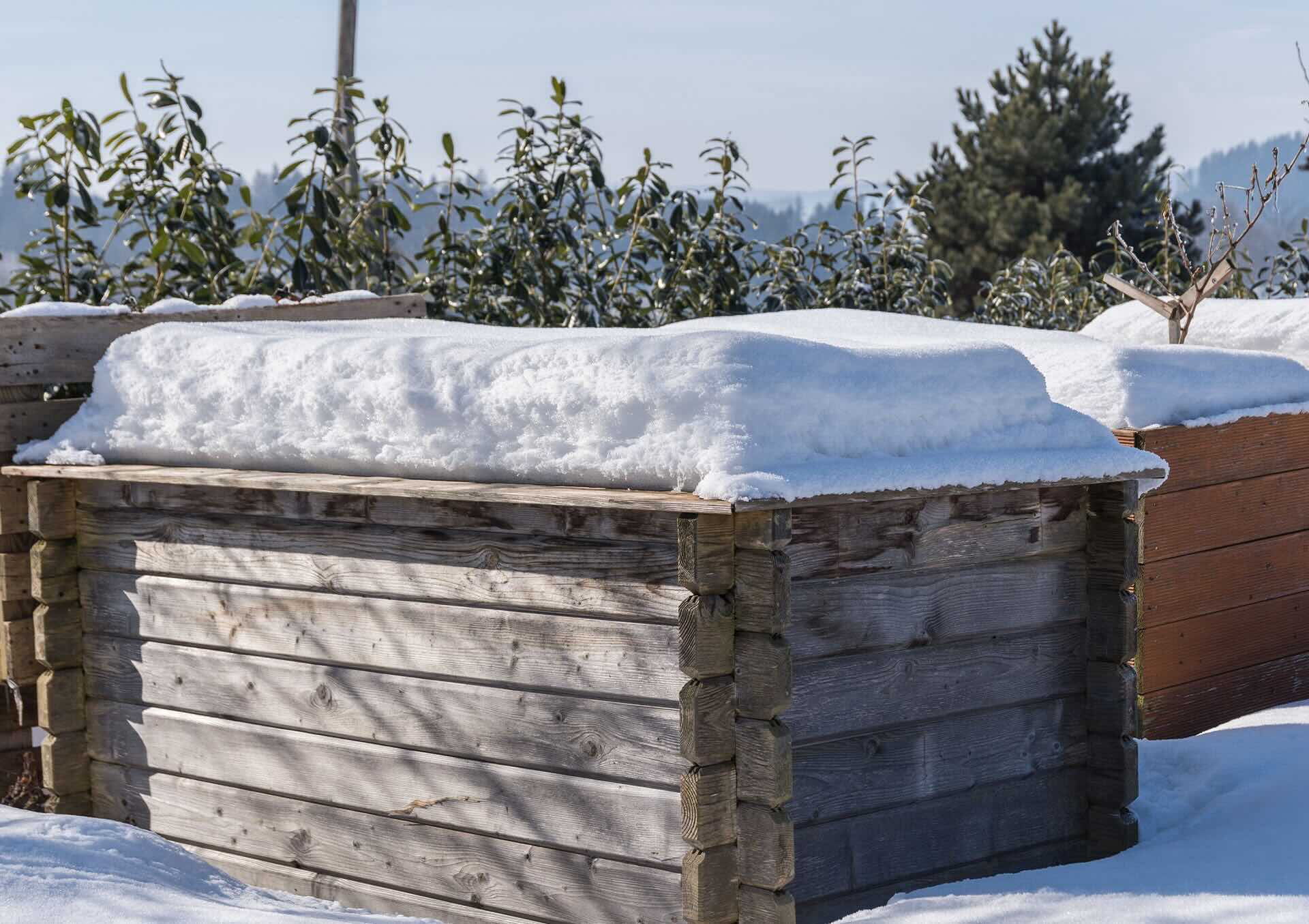
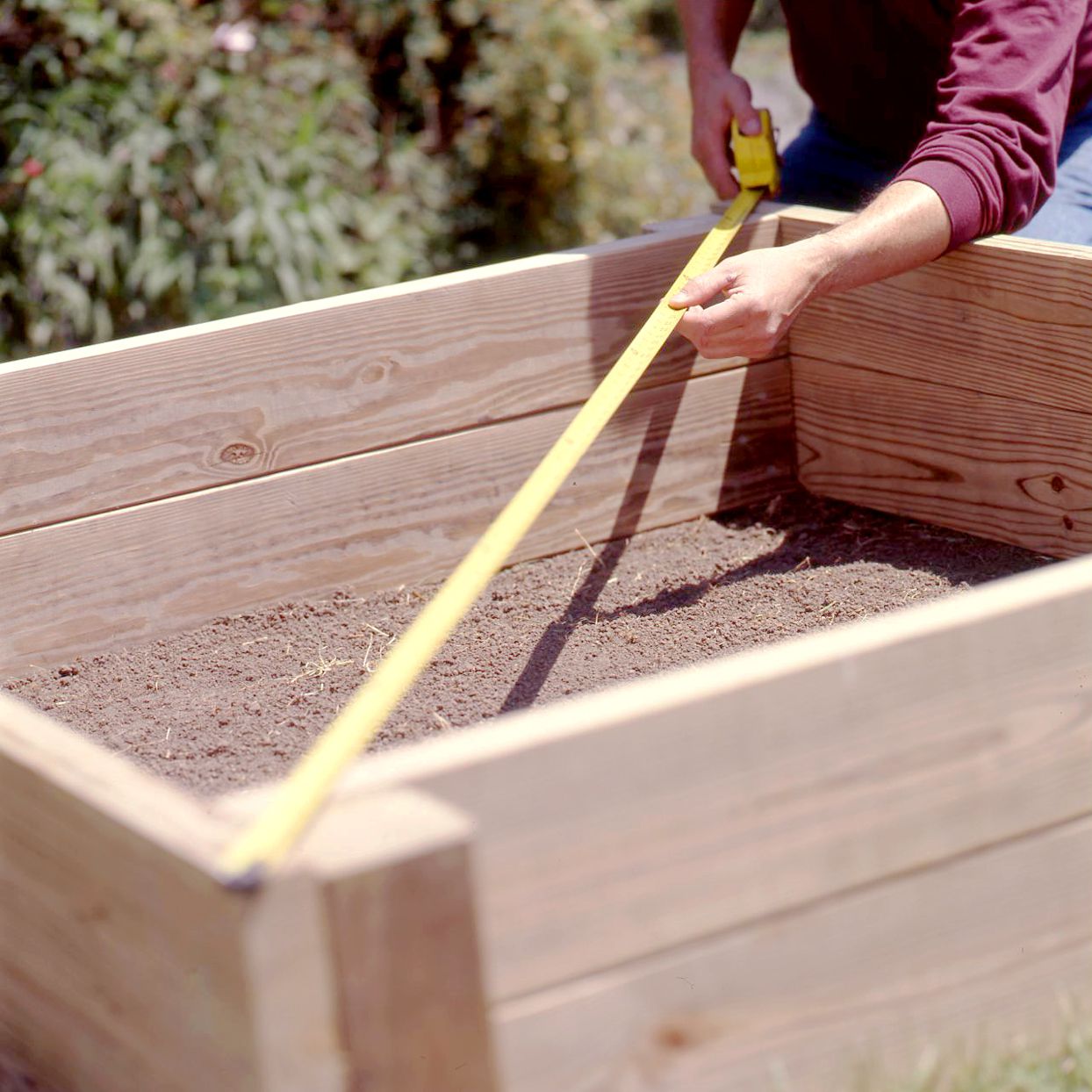
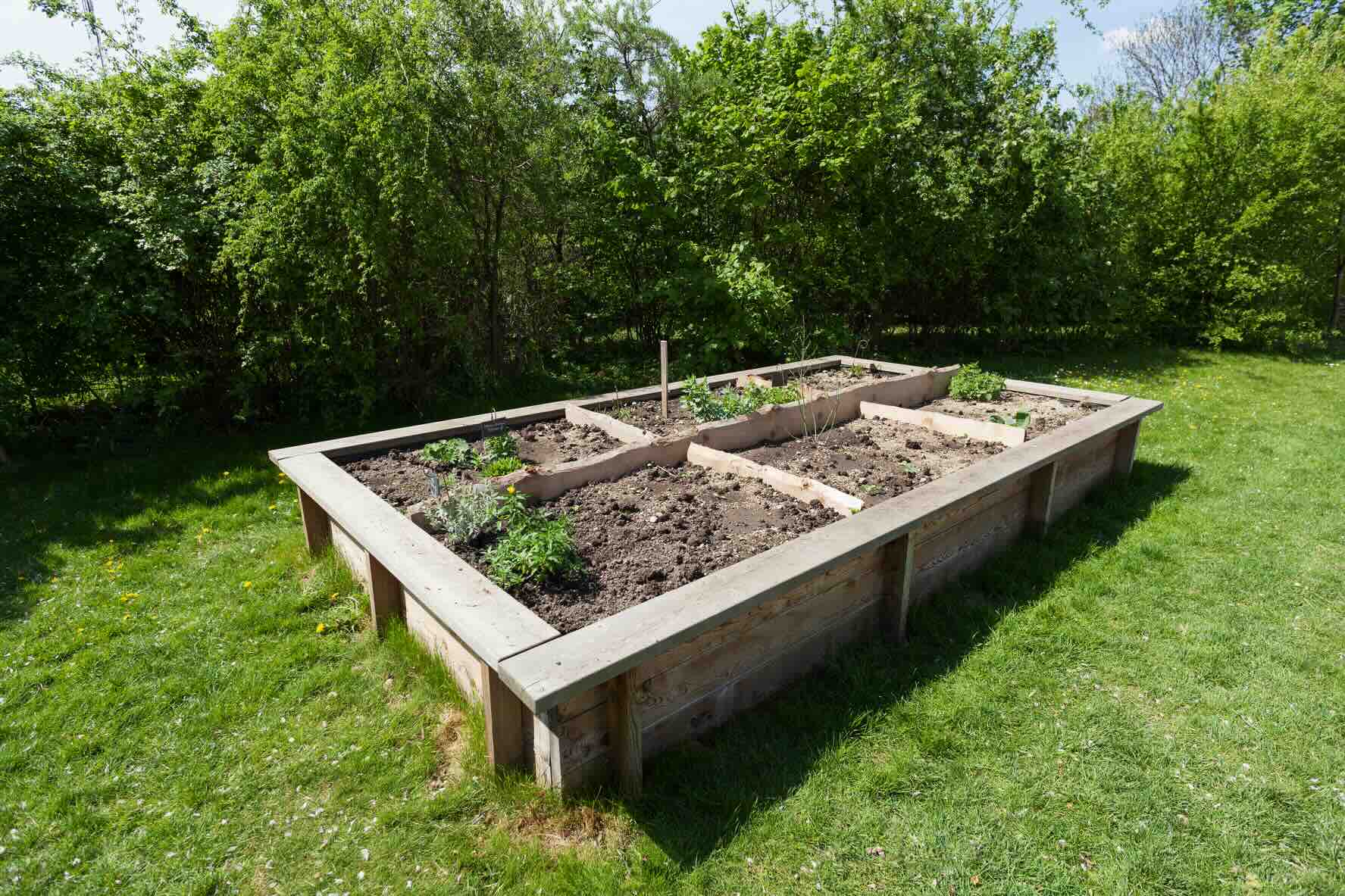
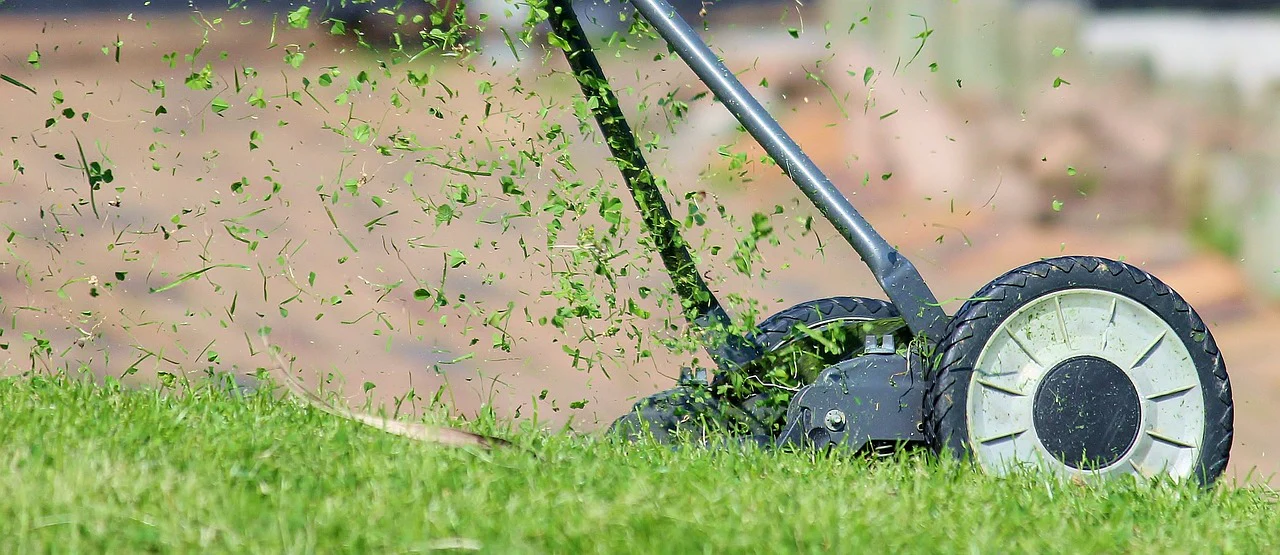
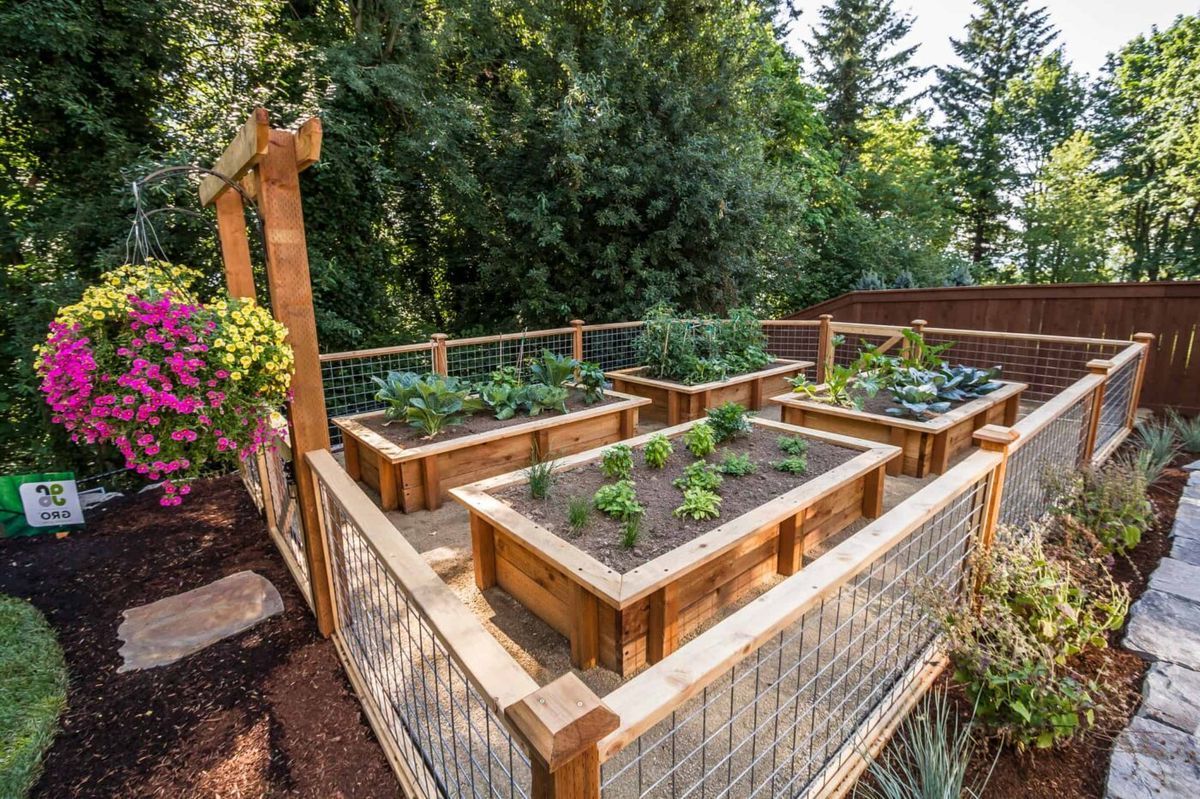
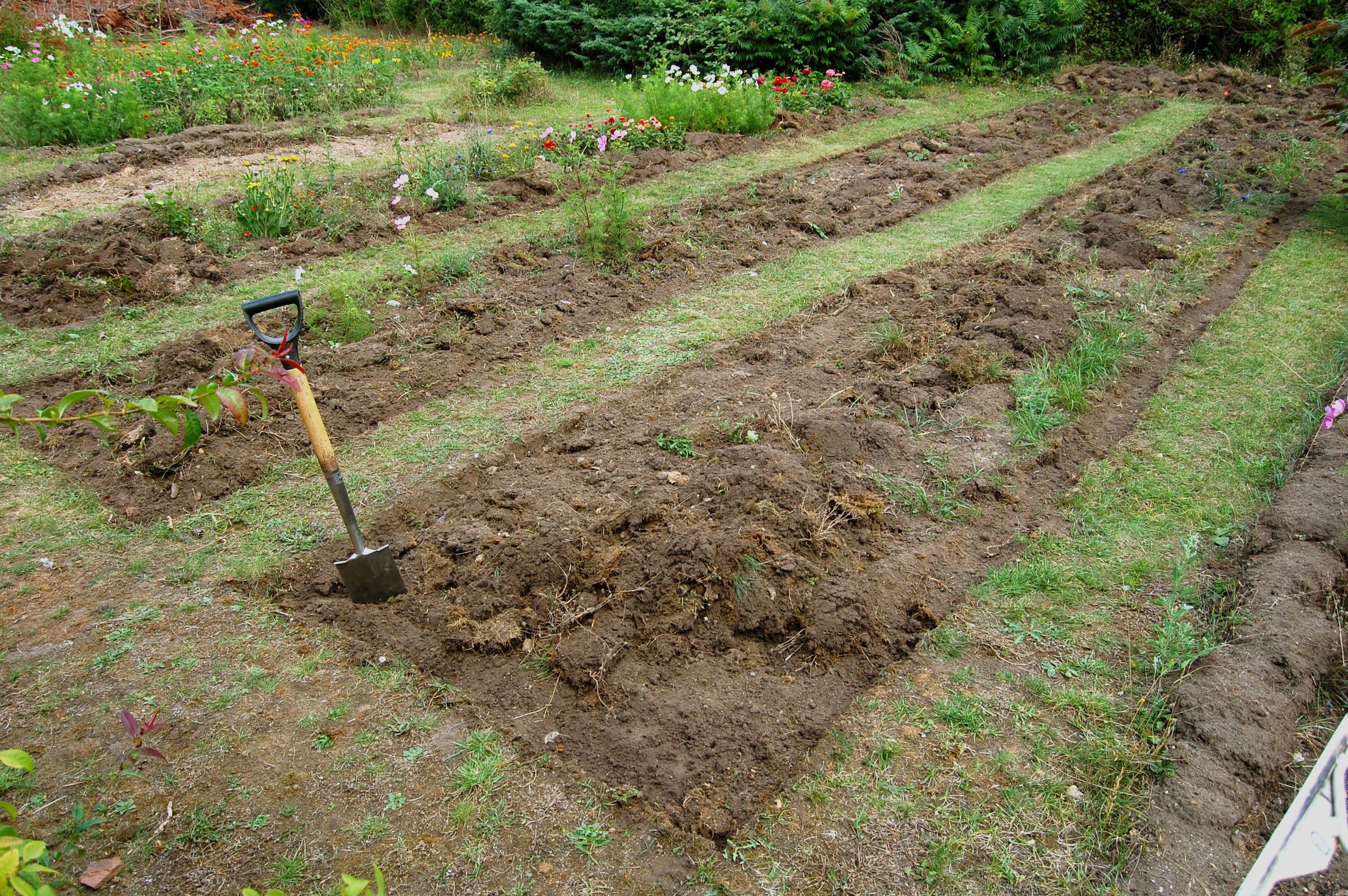


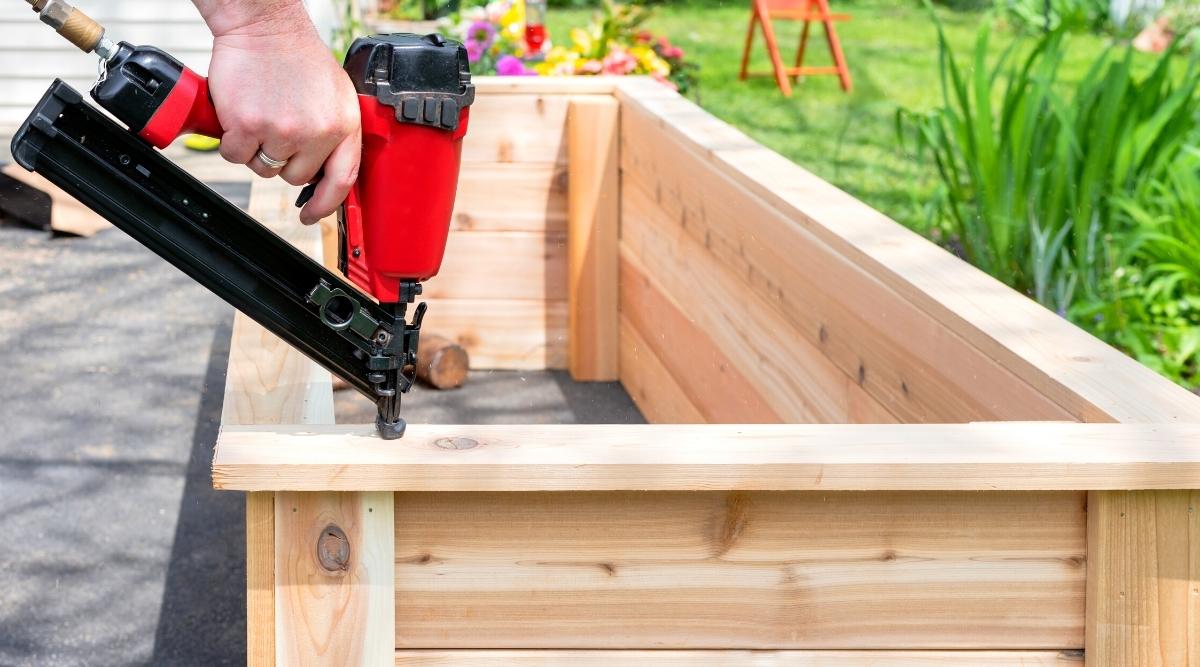
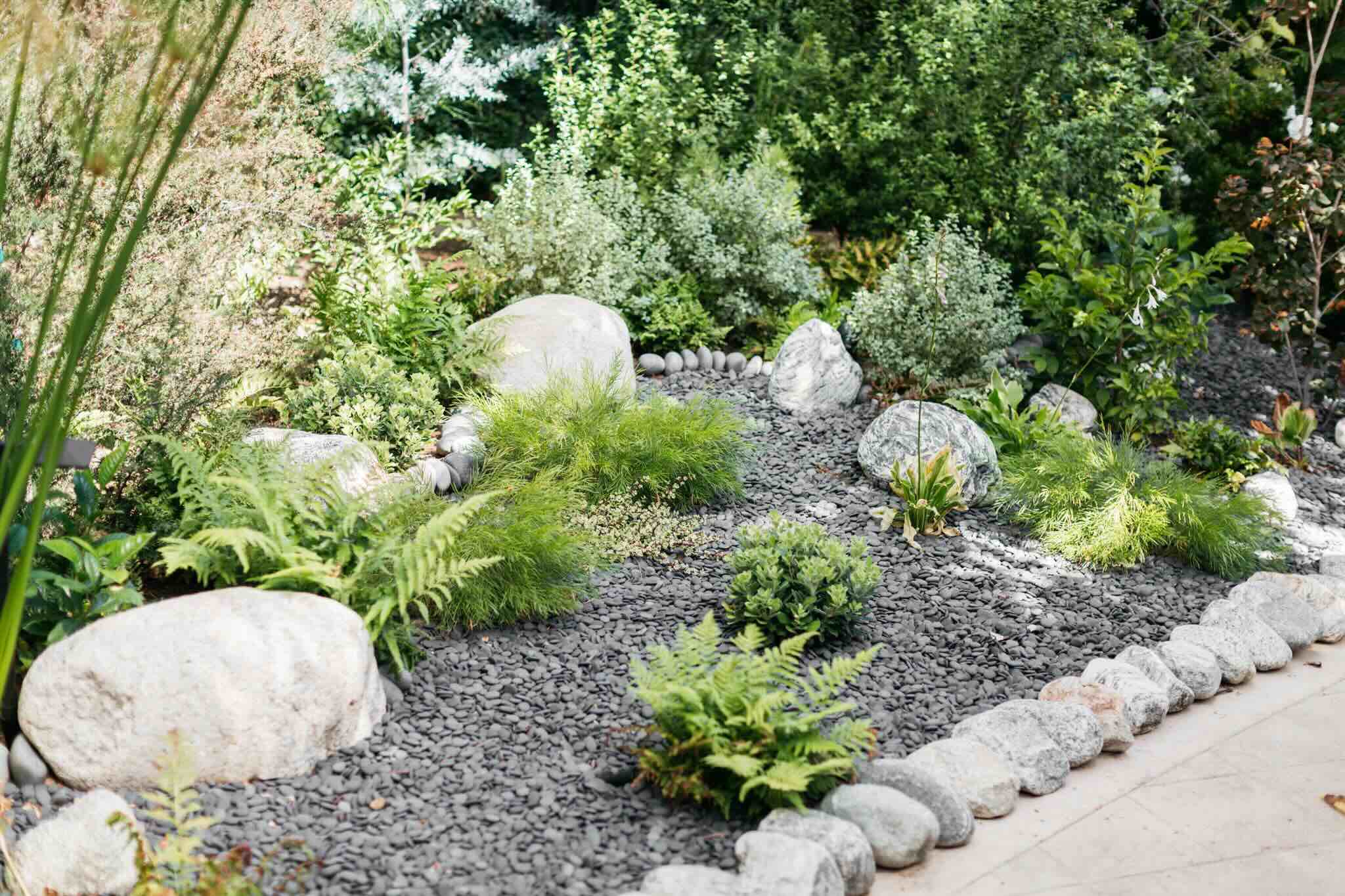
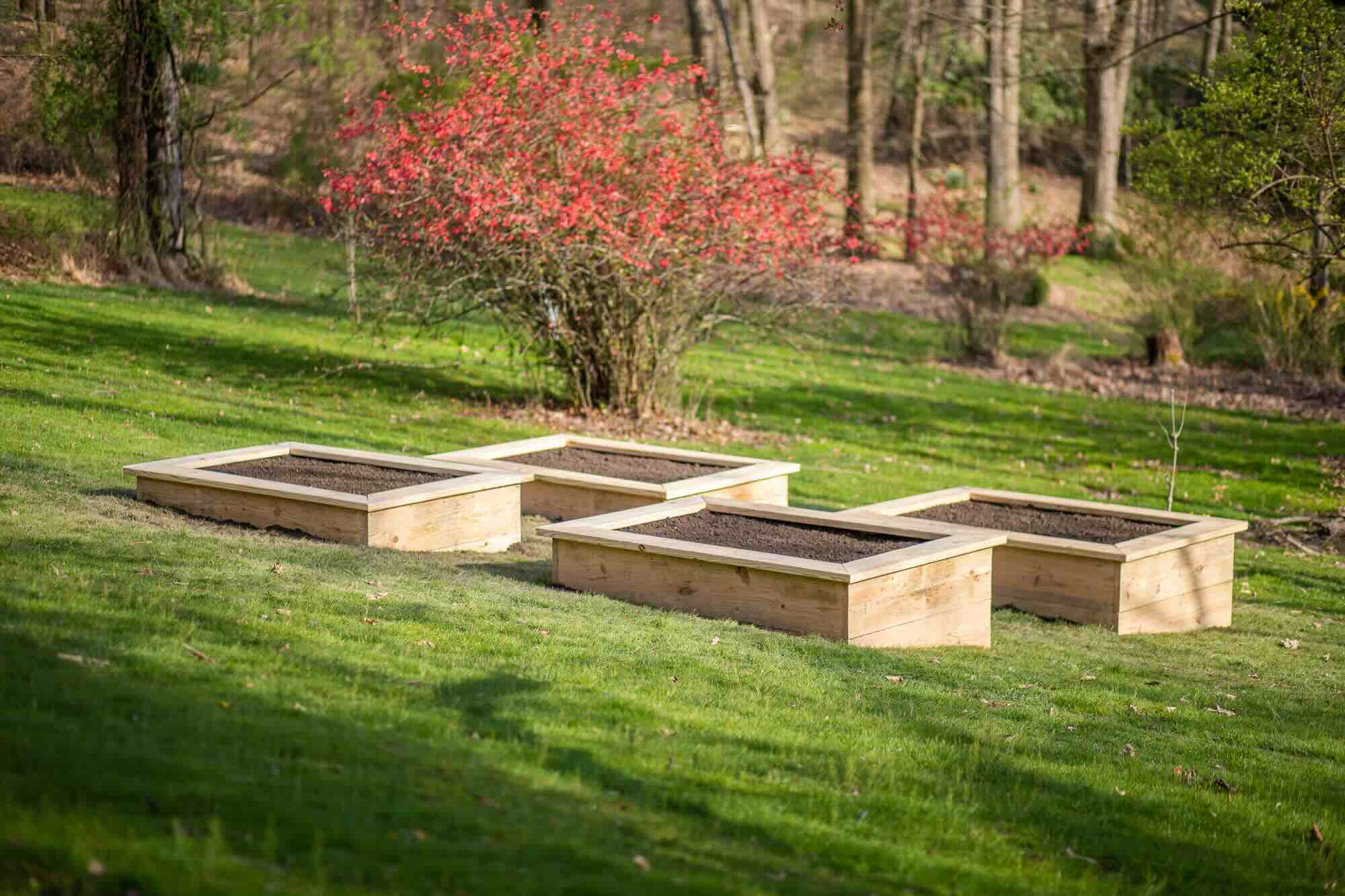

0 thoughts on “How To Mulch A Garden Bed”